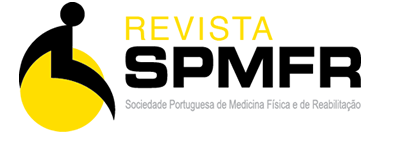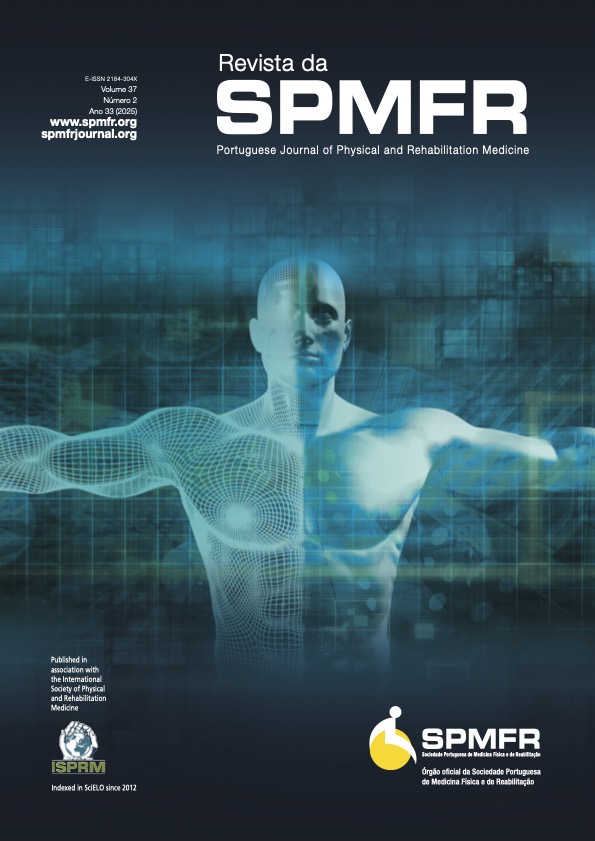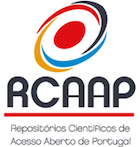The role of Physical and Rehabilitation Medicine in Achondroplasia
DOI:
https://doi.org/10.25759/spmfr.518Keywords:
Achondroplasia, Physical and Rehabilitation Medicine, Quality of Life, Activities of Daily LivingAbstract
Achondroplasia is the most common and most researched skeletal dysplasia. It is caused by a mutation in the fibroblast growth factor receptor 3 (FGFR3) gene, leading to abnormal endochondral ossification which causes multiple anatomical anomalies, the most characteristic being macrocephaly and asymmetrical short stature with proximal shortening of the limbs. The anatomical changes will result in organic and functional complications. There are international consensuses about the evaluation and therapeutical guidance of these individuals since the prenatal period until adulthood, with the main goals of standardizing health care and improve functional and clinical outcomes. These patients should be followed by multidisciplinary and multiprofessional teams, in clinical centers with experience in skeletal dysplasias. Physical and Rehabilitation Medicine (PRM) has an important role in the evaluation at the different stages of life with the aim to reduce incapacity, prevent complications and improve functionality, activity and participation. PRM’s role is based on the implementation of individualized rehabilitation programs, prescription of technical aids and counselling about the adequate adaptation that should be done at home, school and/or workplace.Downloads
References
Cormier-Daire V, AlSayed M, Alves I, Bengoa J, Ben-Omran T, Boero S, et al. Optimising the diagnosis and referral of achondroplasia in Europe: European Achondroplasia Forum best practice recommendations. Orphanet J Rare Dis. 2022;17(1):293. doi: 10.1186/s13023-022-02442-2 ResearchGate
Daugherty A. Achondroplasia: etiology, clinical presentation, and management. Neonatal Netw. 2017;36(6):337–42. doi: 10.1891/0730-0832.36.6.337 PubMed
Pauli RM. Achondroplasia: a comprehensive clinical review. Orphanet J Rare Dis. 2019;14(1):1.
Savarirayan R, Ireland P, Irving M, Thompson D, Alves I, Baratela WAR, et al. International Consensus Statement on the diagnosis, multidisciplinary management and lifelong care of individuals with achondroplasia. Nat Rev Endocrinol. 2022;18(3):173–89.
Broström EW, Antonissen L, von Heideken J, Esbjörnsson AC, Hagenäs L, Naill JE. Gait in children with achondroplasia: a cross-sectional study on joint kinematics and kinetics. BMC Musculoskelet Disord. 2022;23(1):397.
Hoover-Fong J, Cheung MS, Fano V, Hagenäs L, Hecht JT, Ireland P, et al. Lifetime impact of achondroplasia: current evidence and perspectives on the natural history. Bone. 2021;146:115872.
European Physical and Rehabilitation Medicine Bodies Alliance. White Book on Physical and Rehabilitation Medicine in Europe: introductions, executive summary, and methodology. Eur J Phys Rehabil Med. 2018;54(2):125–55.
Hoover-Fong J, Scott CI, Jones MC, Committee on Genetics. Health supervision for people with achondroplasia. Pediatrics. 2020;145(6):e20201010.
Downloads
Published
How to Cite
Issue
Section
License
Copyright (c) 2025 Revista da Sociedade Portuguesa de Medicina Física e de Reabilitação

This work is licensed under a Creative Commons Attribution-NonCommercial-NoDerivatives 4.0 International License.
Copyright statement
Authors must also submit a copyright statement (as seen below) on article submission.
To the Editor-in-chief of the SPMFR Journal:
The below signed author(s) hereby state that the article
________________________________________ (ref. MFR_________) is
an original unpublished work and all facts stated are a product of the author(s) investigation. This article does not violate any copyright laws or privacy statements. The author(s) also hereby confirm that there is no conflict of interest's issues in this article.
By submitting this article the author(s) agree that after publication all copyrights belong to the SPMFR Journal.
Signed by all authors
Date:
Names (capital letters):
Signatures:
The SPMFR Journal’s contents are follow a Creative Commons licence. After publication the authors can hand out the articles as long as the SPMFR Journal is credited.



